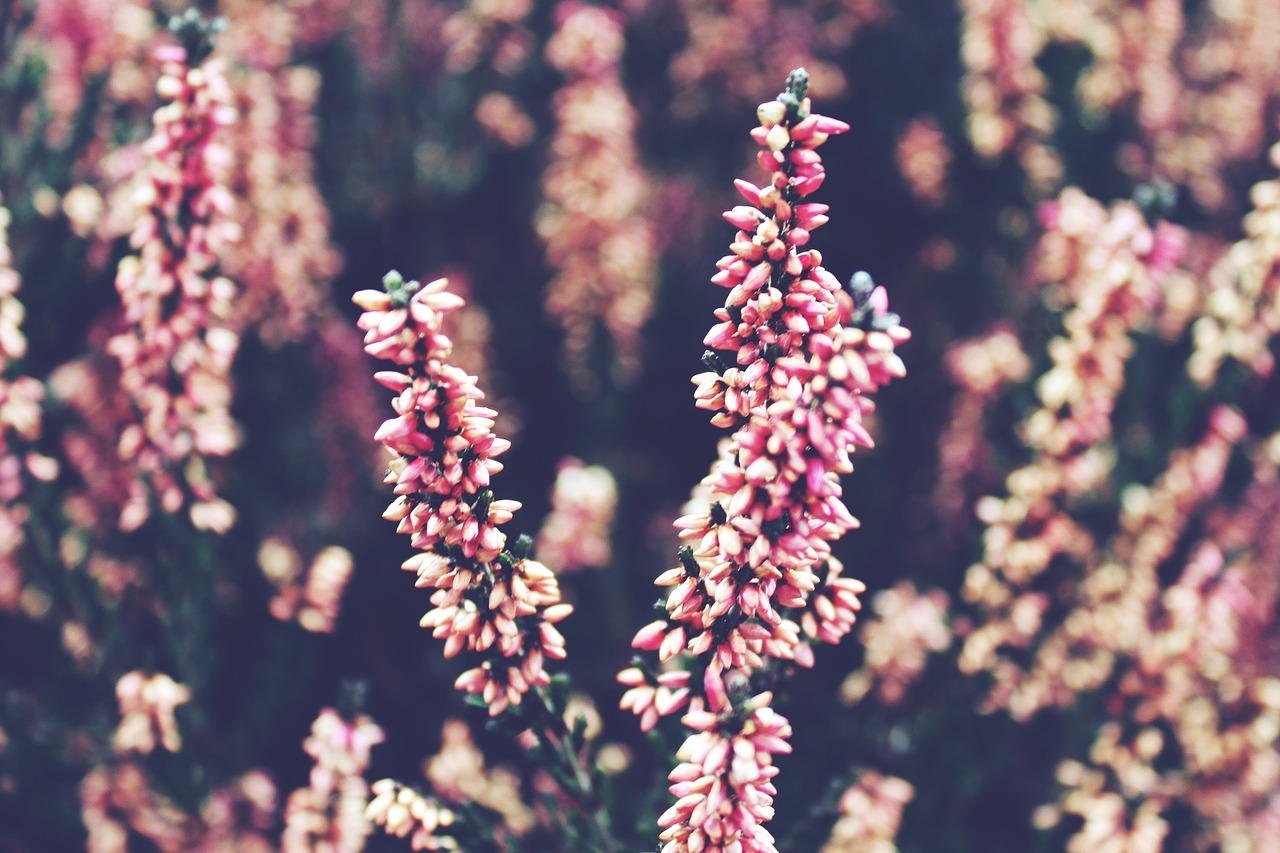Heathers are currently having a resurgence of popularity.
This could be because they are reasonably drought tolerant, which is becoming more important to gardeners as the climate continues to change.
Another reason is that they are hardy and evergreen, providing colour and coverage through the winter months.
Sometimes they can suddenly decline however, so if you have asked the question “Why Is My Heather Dying?” then read on for answers and solutions.
2. Not Enough Sun
3. Too Much Or Too Little Water
4. Needs Pruning
5. Root Bound In A Pot
6. Pests: Heather Beetle
7. Fungus: Phytophthora Root Rot or Armillaria Root Rot
Soil With Poor Drainage
This can be a very common issue with Heathers as they actually like very free draining, even poor soil.
Their natural habitat is moorlands and coastal areas, so they do very well in rocky or sandy soil that is slightly acidic.
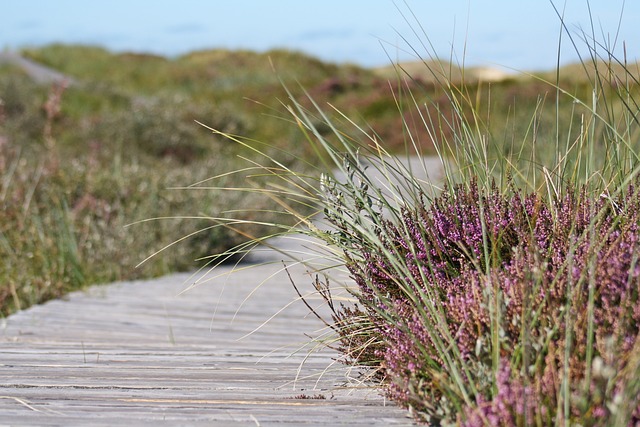
Soil that is too wet or compacted will cause problems with the roots.
How to fix:
- If your soil is heavy clay or prone to waterlogging, work in some grit, sand or stones to aid drainage.
- Make sure rainfall is not accumulating around the Heather, this can happen in natural dips in the ground or at the bottom of slopes.
- If this is happening, try to create some channels using soil or stones to redirect the flow away.
Not Enough Sun
Heathers are used to being exposed and so love sunshine, although they will manage in light or dappled shade.
Heathers planted in shaded areas will not be as brightly coloured and may become a little straggly as they search for the light.
How to fix:
- An ideal position is somewhere that receives sunshine for six hours a day with perhaps a little afternoon shade to protect them during hot summers.
- Avoid deep shade.
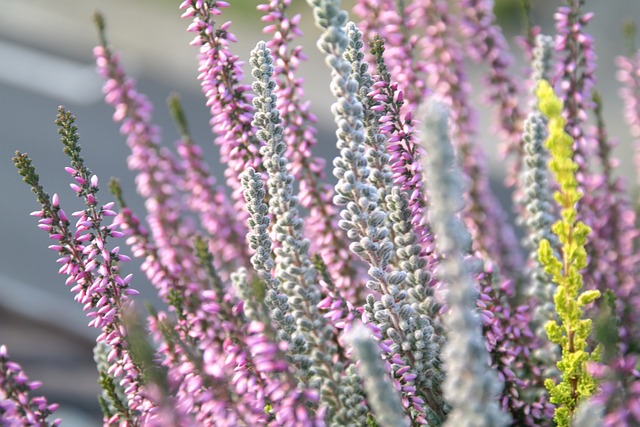
Too Much Or Too Little Water
Whilst Heathers are fairly drought resistant, when they are young they will need to have access to regular water for the first year or so.
Even when they are fully established they will not like to dry out completely.
This is because their root system is quite shallow and compact.
If this happens the flowers and leaves will become brown and dry
Similarly they will not like to be too wet, so do not overwater as this can mean saturated soil and lead to root rot.
How to fix:
- Once established and receiving reasonably regular rainfall, Heathers should be fine by themselves.
- During very hot and dry summers however, it will be necessary to provide some extra water.
- In these cases it is good to water in the early morning, so the Heather is set up for the day.
- Don’t water in the evening as this can cause warm moist conditions through the night and lead to fungus growth.
- As a rule the soil should be evenly moist, but not wet.
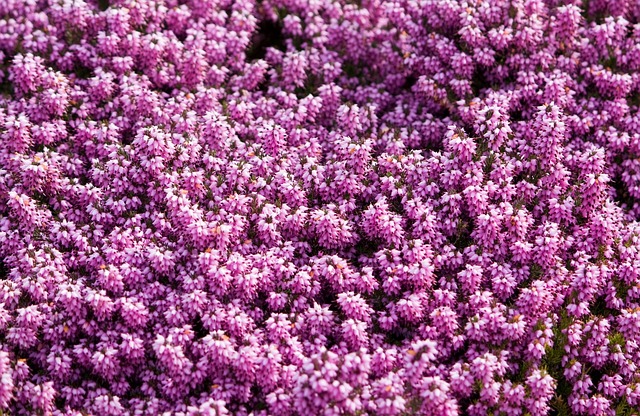
Needs Pruning
As Heathers are woody they can tend to become leggy and sparse as they age.
Sometimes they can grow outwards leaving a bare patch in the middle.
As the flowers fade they can turn to brown, and while it is nice to leave these on for a while, it is best to remove them before the new growing season starts.
To keep your Heather looking bushy and vibrant for as long as possible, it is recommended to give them a light prune in spring.
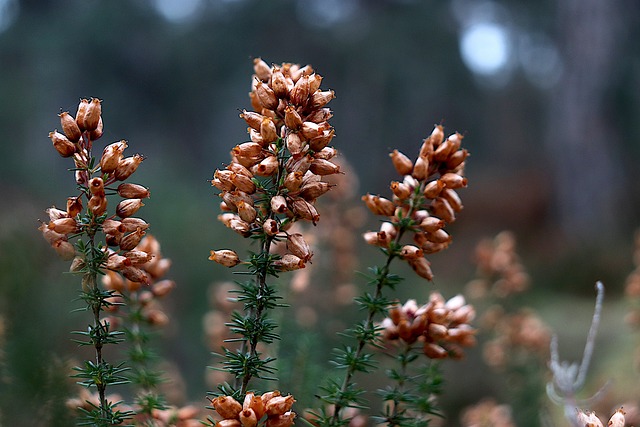
How To Prune Heathers:
- Use shears, and sterilise them before and after use to stop the spread of fungus or bacteria.
- Lightly clip from the top, removing any brown or woody ends.
- Gradually take off about a third, this will rejuvenate the plant and make room for new buds
Root Bound In A Pot
Heathers actually do quite well in containers when they are young, and make very attractive planters.
As they age however, their tendency is to spread out so once they are past a certain point they will likely do better in the ground.
How to fix:
- If your potted Heather is starting to look a bit devitalised, take it out of the pot and check the roots.
- If the roots have taken over most of the soil and especially if they have started to wind around the pot, it is time to relocate it.
- Plant outside in a sunny spot, in well draining soil.
- If you don’t have a garden then choose a larger wider pot to accommodate the spreading roots.
- Use an ericaceous potting mix.
- Make sure the drainage is good, you can add a layer of gravel or grit to the bottom of the pot to further improve this.
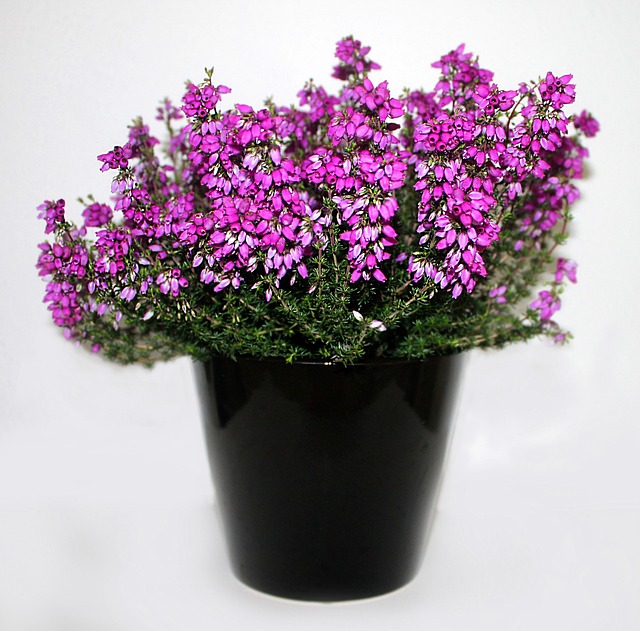
Pests – Heather Beetle
The Heather Beetle is a small olive brown beetle that can be responsible for eating large sections of Heather in the spring.
Larvae also eat the Heather in the summer.
The damaged Heather then turns a dry reddish brown.
- These beetles are mainly found on moorland, but should you live near natural areas of Heather and also have Heather in your garden then it pays to be aware that this insect may travel in on the wind.
How to fix:
- The best way to control Heather Beetle numbers in the garden is by promoting natural predators.
- Parasitic wasps are excellent at keeping these pests at bay.
- Also Ladybirds will eat the larvae and so reduce numbers.
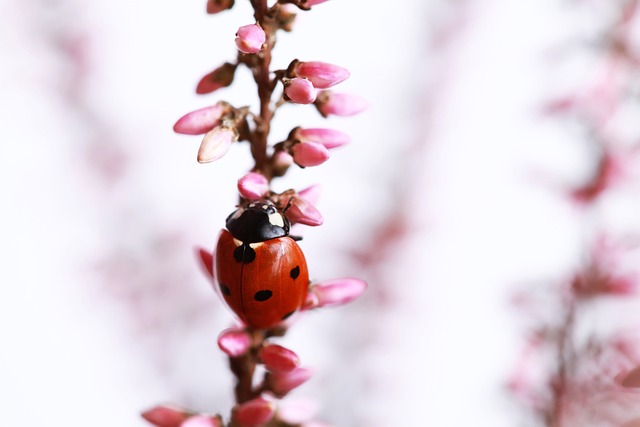
Fungus – Phytophthora Root Rot or Armillaria Root Rot
These types of fungus can affect the root systems of many plants if they sit in waterlogged soil for too long.
Phytophthora Root Rot is caused by spores that travel through the water in the soil.
The roots begin to decay, and a dark band appears around the base of the trunk.
The branches and foliage begin to fail, looking devitalised and drooping.
By this stage it can be too late to save the plant, but if caught earlier before the roots decompose then action can be taken to rectify the situation.
How to fix:
- If spotted early enough and if a reasonable amount of the roots are still solid and white you can quickly dig up the Heather and thoroughly rinse the roots in fresh water.
- Any rotten root matter and the surrounding soil should be disposed of (not in the compost heap).
- Make sure to disinfect any tools used.
- Replant the Heather in new soil and monitor to make sure it recovers.
- Prevention is better than a cure, so do not overwater and maintain good ventilation by regularly clearing debris.
Armillaria Root Rot “Honey Fungus” can attack woody plants and trees at the roots and trunk base.
It will often lead to the death of the plant, and can also spread to other plants through the soil.
There will be white fungal growth under the bark, which then starts to crack and decay.
There may be a strong mushroom like odour.
You may see the appearance of honey coloured mushrooms in the autumn.
How to fix:
- There is no cure for Honey Fungus unfortunately, so infected plants need to be carefully disposed of (not in the compost heap).
- Make sure to disinfect any garden tools or gloves used, and wash your hands.
- The surrounding soil should be agitated to disrupt the rhizomorphs.
- These are the underground fungal structures or “bootlaces”.
- You can try burying plastic liner in the soil around affected areas to prevent the spread.
- Prevention is better than a cure so avoid overwatering to promote plant health and natural resilience, .
- Regularly clear debris around the base of your plants to maintain good ventilation .
- Plant Heathers and other woody ornamentals such as Laburnums and Flowering Currants in sunny positions, as this encourages drier conditions.

Final Thoughts
Heather is a fabulous border plant as it is relatively hassle free and will provide colour and coverage right through the year.
Like all plants it will do best when the conditions are optimum, loving a sunny and well draining location.
Heather is definitely making a comeback, so next time you are looking for a new plant or a lovely gift, give Heather a try!

